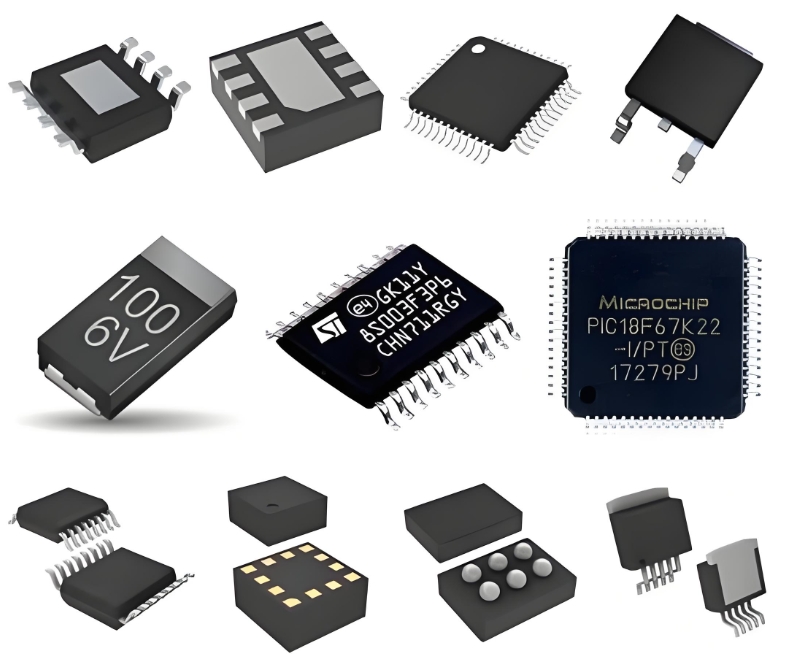BCM54640B0IFBG Quad-Port Gigabit Ethernet Transceiver | Datasheet, Pinout, and Design Specifications
The BCM54640B0IFBG is a highly integrated quad-port Gigabit Ethernet transceiver designed by Broadcom (now part of Avago Technologies) to deliver high-performance networking in space-constrained and power-sensitive applications. This transceiver combines four independent Gigabit Ethernet transceivers into a single 196-pin BGA package, making it ideal for network switches, routers, network interface cards, and embedded systems.
Key Features and Specifications
The BCM54640B0IFBG supports 10/100/1000BASE-T Ethernet operations in accordance with IEEE 802.3 standards. It incorporates advanced DSP technology and mixed-signal processing to enable robust data transmission over CAT5e or better twisted-pair cabling. Each port features Auto-MDIX (Automatic Medium-Dependent Interface Crossover), eliminating the need for crossover cables and simplifying installation.
Power efficiency is a critical advantage, with the device supporting Energy Efficient Ethernet (EEE) as defined in IEEE 802.3az. This allows significant power savings during periods of low data activity. Additionally, it includes cable diagnostics capabilities, enabling real-time detection of cable faults such as opens, shorts, and impedance mismatches.
Pinout and Interface
The device uses a 196-ball BGA (Ball Grid Array) package. The pinout is organized to simplify PCB layout, with clear separation between analog, digital, and power domains to minimize noise and crosstalk. Key pin groups include:
- MDI (Medium Dependent Interface) Pins: Four sets of differential pairs (TX±/RX±) for connection to the Ethernet magnetics and RJ45 connectors.
- SGMII (Serial Gigabit Media Independent Interface): A serial interface for connecting to the MAC layer in the host processor or switch ASIC, reducing pin count compared to GMII/RGMII.
- Management Interface: MDC/MDIO pins for PHY register configuration and status monitoring.
- Clock and Power: Multiple power supply pins (1.2V, 2.5V, 3.3V) and clock inputs for precise timing.

Design Considerations
When designing with the BCM54640B0IFBG, careful attention must be paid to PCB layout and signal integrity. High-speed differential pairs (MDI and SGMII) should be routed with controlled impedance and length matching. Power supply decoupling is critical; place decoupling capacitors close to the power pins to suppress noise. Thermal management is also important due to the high level of integration—ensure adequate airflow or heatsinking if operating in high-temperature environments.
The device supports jumbo frames and VLAN tagging, providing flexibility in network configuration. Its programmability via the MDIO interface allows customization of parameters like LED behavior, interrupt output, and auto-negotiation settings.
Applications
The transceiver is widely used in:
- Enterprise and data center switches
- Network attached storage (NAS) devices
- Industrial networking equipment
- Multi-port network interface cards (NICs)
Conclusion
ICGOODFIND: The BCM54640B0IFBG stands out as a reliable, high-density solution for Gigabit Ethernet connectivity, combining performance, power efficiency, and integration. Its comprehensive feature set and compliance with industry standards make it a preferred choice for designers aiming to build scalable and energy-efficient network infrastructure.
Keywords: Gigabit Ethernet Transceiver, Energy Efficient Ethernet (EEE), SGMII Interface, Auto-MDIX, Cable Diagnostics.
